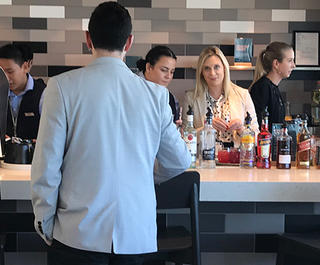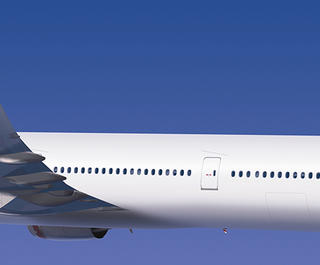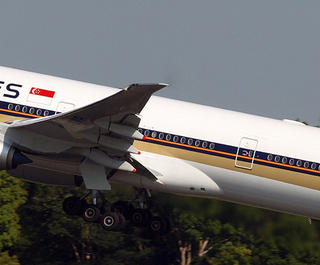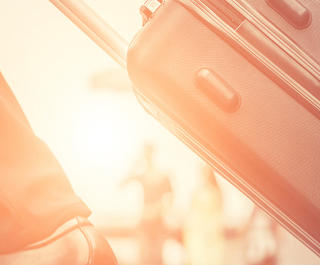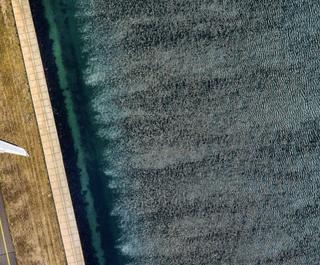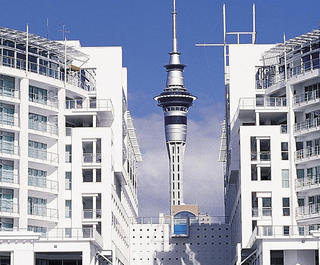
8 December 2016
Read Time: 3.4 mins
If you travel frequently for work or play, you’ve probably heard more than your fair share of flight cabin lingo. But do you actually know what it means to ‘crosscheck’ or what exactly ‘the hold’ is? Here’s your complete A to Z guide to common flight cabin terms to help you brush up ahead of your next flight:
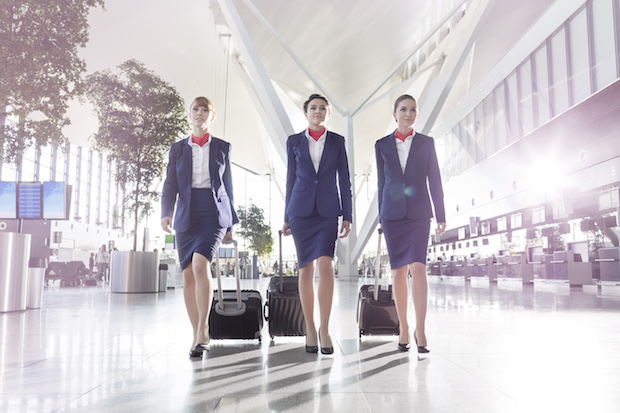
A
Arm and Crosscheck
Arm (or engage) the emergency slides and verify they’ve been engaged. This is also sometimes called ‘Doors in-flight’ to avoid using the word ‘arm’.
All-Call
As part of arming or disarming the doors, this is a call by the head flight attendant for all other attendants to report via intercom from their stations.
Air Pocket
A term often used by the pilot, this is an area of turbulence.
Alley
The area of the tarmac that is used as a passageway or taxiway between terminals.
B
Briefing
The term used to describe the pre-flight gathering of all working crew members to go over flight details.
C
Connection
Also referred to as a connecting flight, this is a term used for a second flight in a single itinerary.
Crew Bunk
This is the cabin where the crew sleep during long haul flights.
Cabin
This is the area of the plane where the passengers sit, generally decided into economy, business and/or first class.
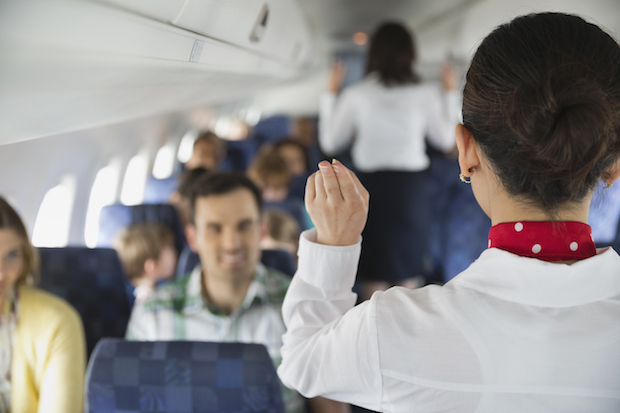
D
The Demo
A shortened term describing the in-flight safety demonstration.
Disarm and Crosscheck
The opposite of arm and crosscheck, this is when the flight attendants disengage the emergency slides on the plane and verify they’ve been disengaged upon landing. It is also sometimes called ‘Doors to arrival’ to avoid using the term ‘disarm’.
Deadhead
A term used to describe a flight attendant or pilot that is flying as a passenger on company business to get to work. For example, flying (or deadheading )from Brisbane to Sydney to work a flight departing from Sydney.
Deplane
A term used to describe leaving the plane. Also sometimes referred to as ‘disembarking’.
E
EFC Time
Short for Expect Further Clearance, this term is the point at which the crew expects a flight to be released from a holding pattern or ground stop.
F
Flight Deck
A term used to describe the cockpit.
First Officer
Otherwise known as the Co-pilot, this is the pilot that sits on the right of the pilot. This person is fully qualified to operate the plane at any point and will alternate duties with the Captain during the flight.
Flight Level
This is a technical term often used by the crew to describe the height at which the plane is flying.
Final Approach
Often used by the Captain, this term refers to the last straight-in segment of a landing pattern. Flight attendants will often use it to describe the last portion of a flight’s descent.
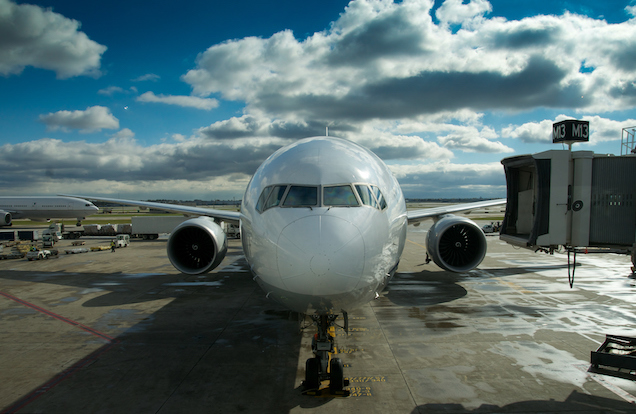
G
Ground Stop
This is a term used to describe when a plane is stopped before departure by air traffic control, usually because of a traffic backlog.
Galley
This is the term used for the kitchen area of the plane.
H
The Hold
This is the term used to describe the area of the plane where passengers’ checked luggage is stowed; however, attendants will also often call a holding pattern ‘the hold’.
Holding Pattern
This is a figure-eight pattern the plane flies in when a landing is delayed due to weather or traffic delays.
Hot Bit
A colloquial term used to describe the portion of an in-flight meal that has been heated in the oven.
J
Jumpseat
This is the name of the seat flight crew have to sit in during take-off and landing.
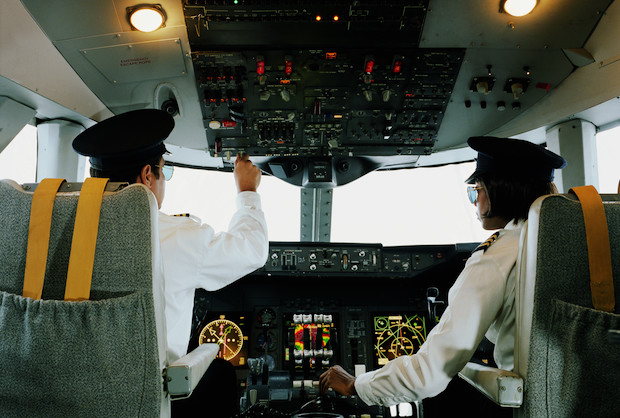
N
Nonstop
A term used to describe flights that fly from point A to point B without stopping.
P
Paperwork
This term refers to ticking off all the pre-flight procedures to ensure a safe flight. It includes information such as weight and balance records, revisions to flight plans and maintenance logbooks.
Pushback
A term attendants use to describe moving away from the ramp in preparation for taxi to takeoff.
Plonkey Kit
These are small kits that attendants often carry in their handbags with essential items for the flight. This could include things such as oven gloves, seeing kits and mini flashlights.
Purser
This is a term used to describe the head flight attendant.
R
Ramp
This is the label used for the aircraft and ground vehicle movement areas closest to the terminals.
Runway
The strip of of straight flat ground that airplanes use to take-off and land.
T
Tarmac
A general term used to describe the areas in which airplanes move. This includes runways, taxiing areas, alleys, etc.
Images courtesy of Getty


